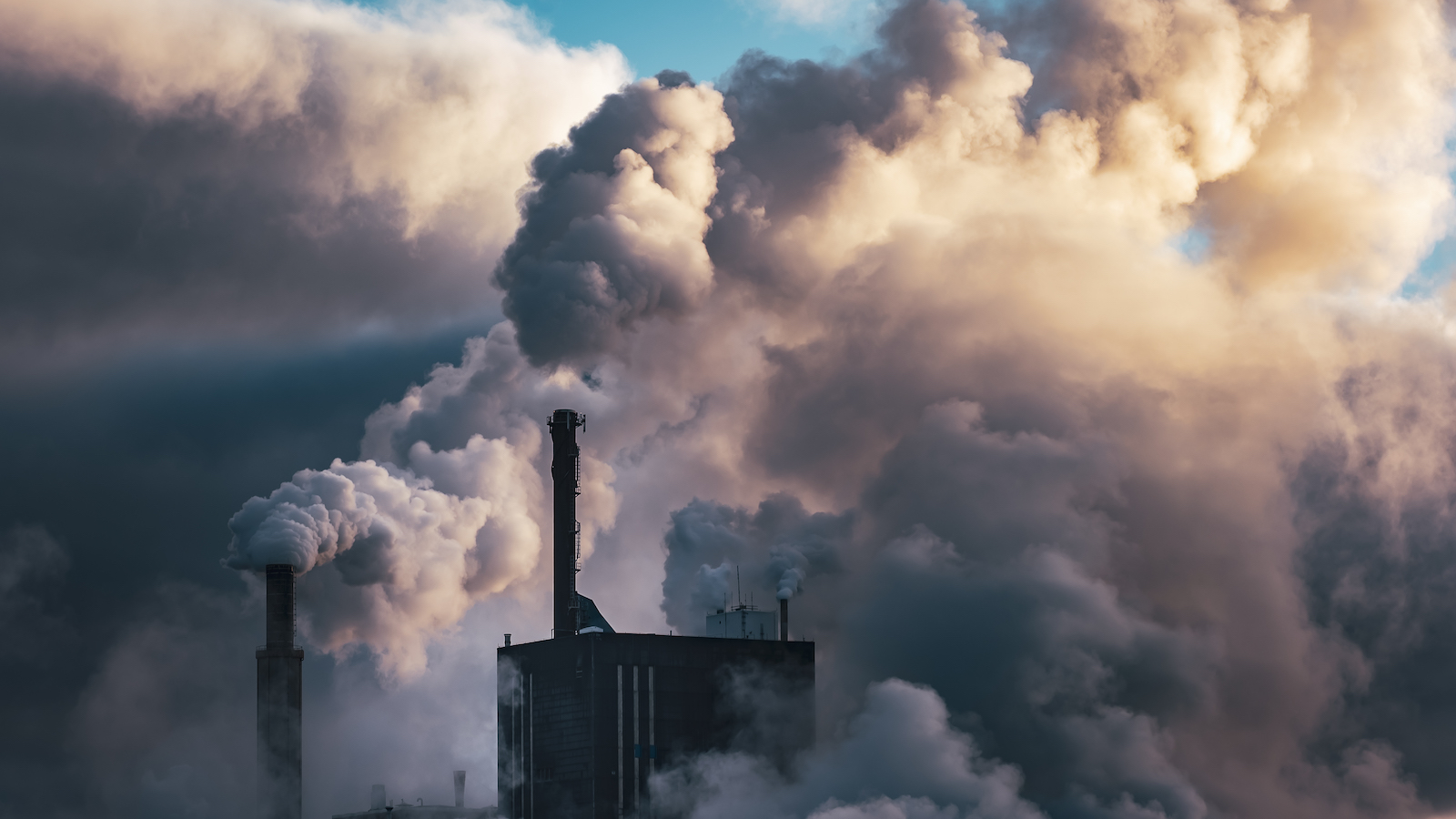When European lawmakers voted last week to allow some gas and nuclear investments to be designated as green, the outcry was swift and forceful.
“This is a disastrous decision by the Parliament,” said Sebastien Godinot, a senior economist for the nonprofit Worldwide Fund for Nature’s European Policy Office. Although nuclear power produces no greenhouse gas emissions, it remains controversial in Europe due to concerns about safety and radioactive waste. Natural gas is a fossil fuel that produces both carbon emissions and air pollution when it’s burned, and also contributes to global warming when it leaks out of infrastructure like pipelines.
Now, nonprofit advocacy organizations like Greenpeace and ClientEarth — as well as the countries of Austria and Luxembourg — are vowing to overturn the decision through lawsuits filed with the European Court of Justice. The Worldwide Fund for Nature, or WWF — which announced just hours after the decision was released that it “will not rest” until the decision is reversed — is also considering a legal challenge, among other options.
“[W]e will fight this in the courts,” Ariadna Rodrigo, a sustainable finance campaigner for Greenpeace EU, said in a statement, adding that her group is “confident that the courts will strike down this politically motivated greenwashing as clearly in breach of EU law.”
Last week’s decision from the European Parliament was part of a drawn-out process to flesh out the EU’s Taxonomy Regulation — colloquially referred to as the “green taxonomy” — a classification system to signal to investors which kind of investments are considered sustainable within the context of the European Green Deal. Projects designated as green under the taxonomy could be eligible for a wider variety of public and private loans and grants, depending on the investor’s environmental criteria. The Taxonomy Regulation entered into force in 2020, but lawmakers have been working to refine it since then.
The proposal to include both nuclear power and natural gas in the taxonomy was designed to maximize political support. Because the two energy sources were paired in a single piece of legislation, nuclear supporters like France — which gets roughly 70 percent of its electricity from nuclear reactors — teamed up with natural gas proponents to garner the votes necessary to pass the legislation. Those who backed nuclear claimed it was a reliable form of low-carbon energy. Lawmakers who supported the inclusion of natural gas justified it as a “transition” fuel, since it’s less carbon-intensive than some fossil fuel alternatives like coal. They also said that, in light of Russia’s unprovoked war in Ukraine, including natural gas could provide greater flexibility for EU countries seeking to wean themselves off of Russian fossil fuels.
But Godinot and other environmental advocates rejected that argument as “greenwashing.” “This EU taxonomy is only going to incentivize more gas demand in Europe,” Godinot said, and will do little to diversify the continent’s energy supply. On the contrary, he added, opening the door to billions of euros in EU loans for more gas plants will only keep the bloc hooked on fossil fuels, exacerbate global warming, and undermine the EU’s credibility on climate change. Even before Parliament voted on the taxonomy proposal, which was meant to facilitate the work of investors and financial institutions, investors who manage tens of trillions of dollars were already denouncing it.
Ben Allen, executive director and research director for the Institute for European Environmental Policy, an independent think tank, said there was “no good reason” to include nuclear and gas in the classification system, since excluding them would not have precluded future public or private investments. “Investments in these energy sources can and will still be made,” he told Grist, whether or not they have the blessing of the European Commission.
Allen and others say that labeling nuclear and gas as green contravenes provisions of the Taxonomy Regulation, as well as other EU laws and the bloc’s climate obligations under the Paris Agreement. The Taxonomy Regulation, he explained, requires that no harm may come to an environmental objective in pursuit of another — so, for example, a project endorsed by the taxonomy to benefit the climate must not jeopardize biodiversity. Allen and many environmental groups argue that increased investments in nuclear power plants, because of their radioactive waste, pose an irremediable threat to clean water, clean air, and biodiversity. Pro-nuclear environmental organizations like the Netherlands-based advocacy group RePlanet Nederland say these threats are overblown. “Nuclear is as sustainable as any other activity already included in the Taxonomy, or even more so,” the group wrote in a letter to the European Commission.
Natural gas is more likely to violate the European Climate Law. In July 2021, the law set a legally binding target for the EU to achieve net-zero climate pollution by 2050 and included an interim goal of slashing emissions 55 percent below 1990 levels by 2030. It requires “strong coherence across Union policies with the climate neutrality objective,” a goal that advocates say is at odds with the taxonomy’s endorsement of new natural gas plants.
The more gas plants you build, “the more you have to use them because eventually there will have to be a return on investments,” said Andrea Carta, a senior legal strategist for Greenpeace EU, describing a problem commonly referred to as infrastructure “lock-in.”
Godinot, with the WWF, added that increased gas use is inconsistent with the Paris Agreement goals that every EU member state has backed. “There’s just no room for any new investments in fossil fuels, globally,” Godinot said. According to a widely-circulated report that the International Energy Agency published last year, no new fossil fuel investments can be made if the world wants to limit global warming to 1.5 degrees Celsius (2.7 degrees Fahrenheit).
Advocacy groups including Greenpeace and ClientEarth — as well as countries like Austria and Luxembourg — are now setting their sights on the European Court of Justice, a judicial body that interprets EU laws and ensures they are applied equally in all member states. Launching a challenge with the court is a lengthy process. According to Carta, prospective litigants must first file a request for internal review to the European Commission and await their response, then submit a challenge to the Court and wait for the judges to begin evaluating it. The whole thing could take two to three years, Carta said. But a successful challenge would force the European Commission to review its decision and amend it in accordance with the court’s ruling.*
If this were to happen, Allen said, it would be “a landmark ruling against political and vested interests from what is supposed to be a list of green and sustainable activities to encourage investments for Europe and society’s future.” Over time, he added, the European Commission could adopt a more nuanced taxonomy that doesn’t designate investments as green or not green, but that includes what he called “intermediary spaces” for investments that are intended to advance an energy transition, even if they aren’t inherently sustainable.
Whether these investments — which could cover natural gas and nuclear — should be made is a separate question, Allen said. But classifying them separately would at least prevent misleading labels from being applied to activities that, according to Allen, “are clearly not sustainable or green.”
Editor’s note: Greenpeace is an advertiser with Grist. Advertisers have no role in Grist’s editorial decisions.
*Correction: This story originally misidentified the process by which a legal challenge could force the European Commission to change its decision.




